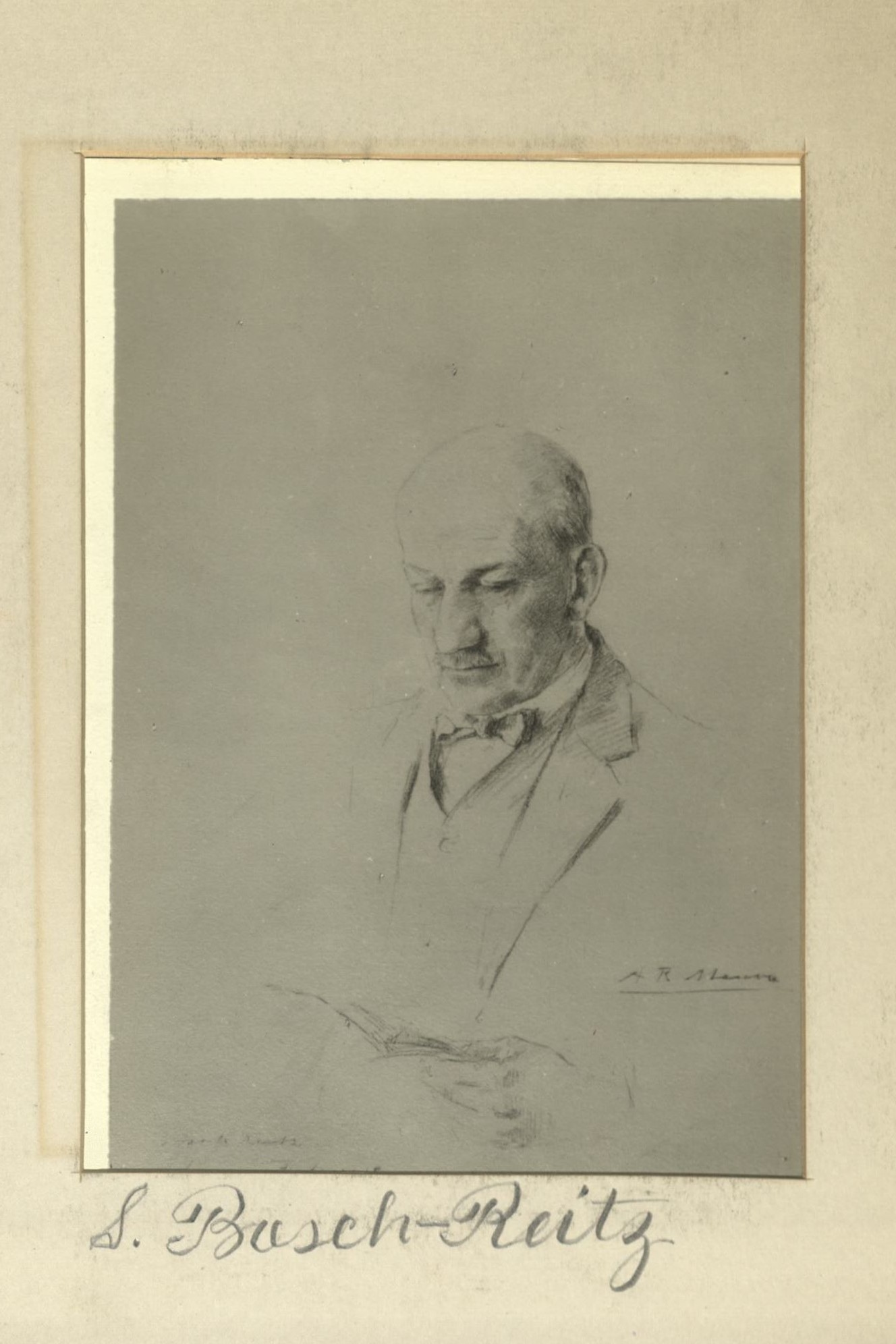Curator, Far Eastern Art
Centurion, 1918–1938
Born 2 February 1860 in Amsterdam, Netherlands
Died 9 April 1938 in Amsterdam, Netherlands
Proposed by Edward Robinson and Howard Mansfield
Elected 2 February 1918 at age fifty-eight
Century Memorial
A man addicted to the Century Association is likely to regard one particular fellow member as the “ideal Centurion.” Gari Melchers and Ellwood Hendrick were such models. That charming and cultivated Hollander, Sigisbert Chrétien Bosch-Reitz, was so regarded by those who knew him best at the Century. While serving with outstanding competence as curator of Far Eastern Art at the Metropolitan Museum, he all but lived at the Century club-house from the time of his election in 1918 until his lamented return in 1927—at the age of sixty-seven—to his native land. All his Centurion friends did not know of his youthful penance in an Amsterdam brokerage office (where he spent part of his time drawing); his studies at the Académie Julien in Paris, and later in England; his painting in Japan, at Versailles, at Frascati; his travels in China and Africa; the award of a gold medal at the Paris Salon for a Dutch figure painting. But they appreciated his quality as “a gentleman of the world,” his mellow humor, and his tolerance. The only remembered instance of a lapse of tolerance on his part was a painful occasion when his own private brand of tea was not served to him as usual at the Club.
A Centurion expert in oriental art, a much younger intimate of Bosch-Reitz, held him somewhat in awe, until one day he came into his own country home and found the learned Hollander sitting on the floor of the library smearing mange salve on a puppy. The same friend testifies that Bosch-Reitz “had settled convictions about all things, but when he was wrong or did not know, he was completely frank in saying so; and this was one of the many qualities that endeared him to us.”
At the time of his retirement, thirty Centurions gave him a farewell dinner. The table was decorated with a miniature Dutch scene suggestive of the delightful little studio-house, with its minute tulip-garden, which he had prepared for himself in Laren. From this base, he made painting and archeological excursions, in the dismal winter months, to Morocco, to the Canary Islands, or to Egypt, when his friend Herbert Winlock was excavating there. In the house at Laren were exquisite oriental porcelains and masterpieces of Dutch art. Among other inheritances were the portrait and sword of an ancestor who was a captain in the fleet of that Admiral van Tromp who swaggered up and down the stretch of water, now called the English Channel, with a broom lashed to the masthead to show that he had swept the sea clean of the English.
Geoffrey Parsons
1938 Century Memorials

